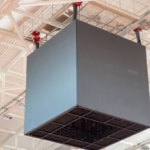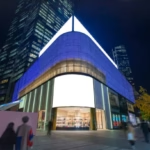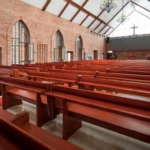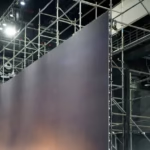Modern transportation hubs are no longer mere passageways. Instead, they are dynamic commercial ecosystems that integrate passenger flow with retail, advertising, and public information systems. Airports, metro stations, and high-speed rail terminals now require reliable, visually powerful, and scalable LED information display systems. These displays serve not only as real-time communication tools but also as profit-generating platforms through advertising. At D-king, we understand that commercial LED display screens must be more than bright surfaces. They must integrate deeply with the architecture, digital systems, and operational flow of each location.
Section 1: The Evolution of Transit Hubs into Commercial Zones
As travel infrastructure evolves, so do the expectations of travelers. Transit environments today are designed for more than efficient movement. Increasingly, these spaces act as extensions of urban retail and commercial life. From retail kiosks to food courts, advertising to digital wayfinding, LED display systems anchor the visual and functional infrastructure of modern transit hubs. The deployment of commercial LED display screens reflects this evolution. They bring together marketing, information, and design to create a seamless passenger experience.
Moreover, the transition to high-definition digital signage is part of a larger trend in smart city infrastructure. Real-time content, remote updates, and data-driven scheduling now define what an effective LED system looks like. Static posters have given way to dynamic displays that adapt content to time, traffic flow, and even weather conditions. For operators and advertisers, this shift delivers better engagement and improved monetization.
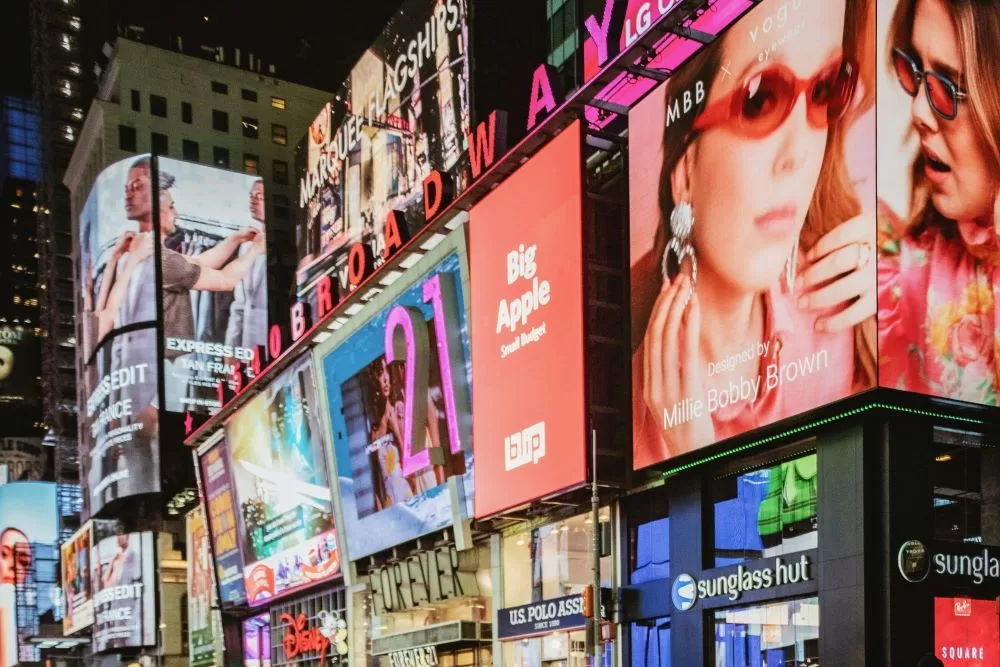
Section 2: Core Functions of LED Display Systems in Transit Hubs
A well-designed LED screen network serves three primary functions: guidance, communication, and revenue generation. First, LED displays guide passengers. In airports and metro stations, LED boards present gate info, train arrivals, transfer routes, and delays. Secondly, these systems communicate announcements and safety messages. A real-time platform reduces confusion and increases trust. Finally, the commercial potential of digital screens cannot be understated. Advertising on large LED displays, especially in high-traffic areas, commands premium attention.
The versatility of LED technology allows for customized placement in any area. Vertical columns, ceiling-hung banners, and curved displays are increasingly common. Their resolution and refresh rate ensure readability from multiple angles and distances. Importantly, Écrans d'affichage LED commerciaux in transportation hubs must adhere to strict operational uptime and performance requirements. High brightness, anti-glare treatment, and robust casing are essential for safety and compliance.
Section 3: Application Scenarios Across Transit Environments
In practice, LED screens perform distinct yet integrated functions depending on the transportation setting:
1. Airports: Airports combine international foot traffic, high dwell times, and consumer-oriented zones. Therefore, LED displays here serve as flight information displays (FIDS), advertising panels, baggage claim directions, and emergency alert systems. In particular, central halls and concourses benefit from large-format commercial LED display screens that blend branding with navigation.
2. Metro Stations: Underground environments require displays with high contrast and weather resistance. LED modules here are used for next-train info, crowd management alerts, public service announcements, and real-time advertising. Integrating these into pillar structures or wall-mounted frameworks helps preserve space while maximizing visibility.
3. High-Speed Rail Terminals: Modern high-speed rail stations focus on punctuality, speed, and operational clarity. LED display systems here emphasize track assignments, train statuses, and VIP lounge notifications. Moreover, these screens often sync with ticketing systems to personalize passenger experiences through boarding data or loyalty promotions.
Across all three environments, the layout and content management system (CMS) must support multilingual and dynamic content. Seamless integration with transit data networks enables real-time updates and intermodal connections.

Section 4: Technical Requirements for Transit-Oriented LED Systems
Deploying LED screens in transportation hubs presents specific technical challenges. These include ambient lighting fluctuations, continuous operating cycles, and diverse viewing distances. To meet these demands, D-King emphasizes the following performance metrics:
Luminosité: LED screens must be viewable in bright terminal environments.
Résolution: Fine pixel pitch is critical for short-view distances in confined transit spaces.
Color Calibration: Consistent color accuracy ensures brand fidelity and aesthetic appeal.
Durabilité: Displays must endure dust, humidity, and physical impacts.
System Integration: Compatibility with airport or station data platforms is essential for automation.
Furthermore, our modular LED units allow for flexible configuration based on architectural constraints. Whether it’s a panoramic video wall or a slim column display, D-King’s engineering team tailors each solution for maximum performance.
Section 5: Value Proposition of D-King in Transit Display Solutions
D-King stands apart as a leading supplier of commercial LED display screens for transportation infrastructure. Our approach focuses on three pillars: customization, quality assurance, and client support. Each project begins with a deep analysis of spatial layout, traffic patterns, and content requirements. Our engineers then design bespoke LED systems that meet international standards.
In addition, D-King’s manufacturing process ensures long-term durability. From anti-corrosion frames to energy-efficient components, we build screens for real-world conditions. Our clients enjoy full technical support, including installation training and remote monitoring tools.
Notably, D-King supports bulk ordering for large-scale installations. Whether upgrading an entire metro line or building a new airport terminal, we offer consistency, speed, and cost control. The result is a future-proof display system that enhances user experience and revenue streams.
Conclusion: Creating Smart, Connected Transit Spaces with LED Displays
The modernization of transportation hubs demands integrated, high-performance visual systems. Commercial LED display screens are not merely accessories; they are central to wayfinding, branding, and operational clarity. As urban mobility accelerates, so does the need for adaptable and intelligent LED solutions.
D-king, we deliver display systems that merge aesthetics with functionality. From airport halls to subway corridors, our screens empower transit authorities to inform, engage, and earn—simultaneously. In a fast-paced world, clarity and impact make all the difference.
CTA: [Contact D-King for Custom LED Solutions in Transit Hubs]


